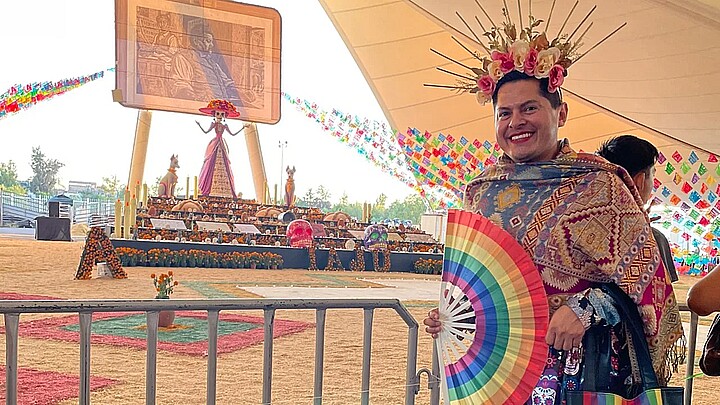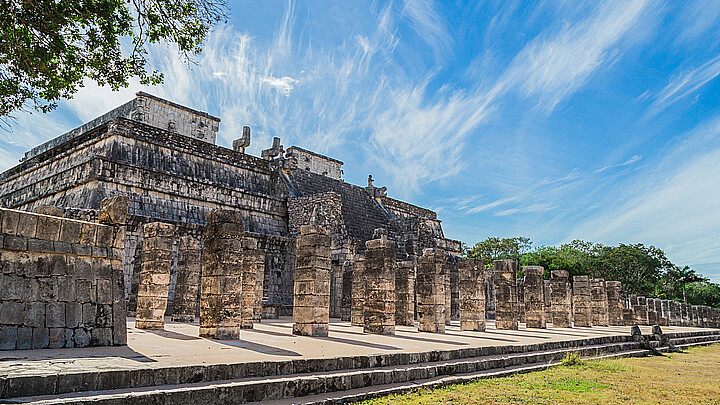Culture
Hidden ancient Mayan city discovered in Mexican jungle
The city is located in an area of thick jungle that has been mostly unexplored in the Balamku ecological reserve in the state of Campeche in the Yucatan Peninsula

June 22, 2023 8:44am
Updated: June 22, 2023 9:15am
Archeologists discovered a hidden ancient Mayan city in the jungles of southern Mexico, the country’s National Institute of Anthropology and History (INAH) said on Tuesday.
Scientists believe that the city, named Ocumtun after the word for “stone column” in the Yucatec language, might have been an important cultural center for the Mayan civilization between 250 and 1000 A.D., INAH said
The previously unknown city includes several pyramid-like buildings up to 50 feet high (15 meters), said lead archeologist Ivan Sprajc in a statement. The main part of the city is located on high ground and is surrounded by wetlands.
Additionally, the city has three plazas, several stone columns, and other structures that are arranged in circles. Ocumtun also has its own ball court, where the Maya played a ball game that consists of passing a rubber ball through a small stone hoop without the use of their hands.
The city is located in an area of thick jungle that has been mostly unexplored in the Balamku ecological reserve in the state of Campeche in the Yucatan Peninsula. The site was discovered after scientists conducted aerial laser mapping (LiDAR) technology on more than 3,000 square kilometers of the jungle between March and June.
INAH said that the laser scan, carried out by the University of Houston, led the research team to spot “numerous concentrations of pre-Hispanic structures.”
Ocumtun probably declined between 800 to 1000 A.D., according to archeologists, citing the date of the materials found in the site suggest.
The Mayan civilization, considered to be one of the greatest of the Western Hemisphere spanned throughout southeast Mexico and parts of Central America. They are known for their pyramid temples and stone buildings, as well as their advanced mathematical calendars.










